NASA astronauts Victor Glover, Reid Wiseman, and Christina Koch, as well as a representative of the Canadian Space Agency, Jeremy Hansen, this week put their signatures on the SLS (Space Launch System) rocket at NASA’s Marshall Space Flight Center in Huntsville, Alabama.
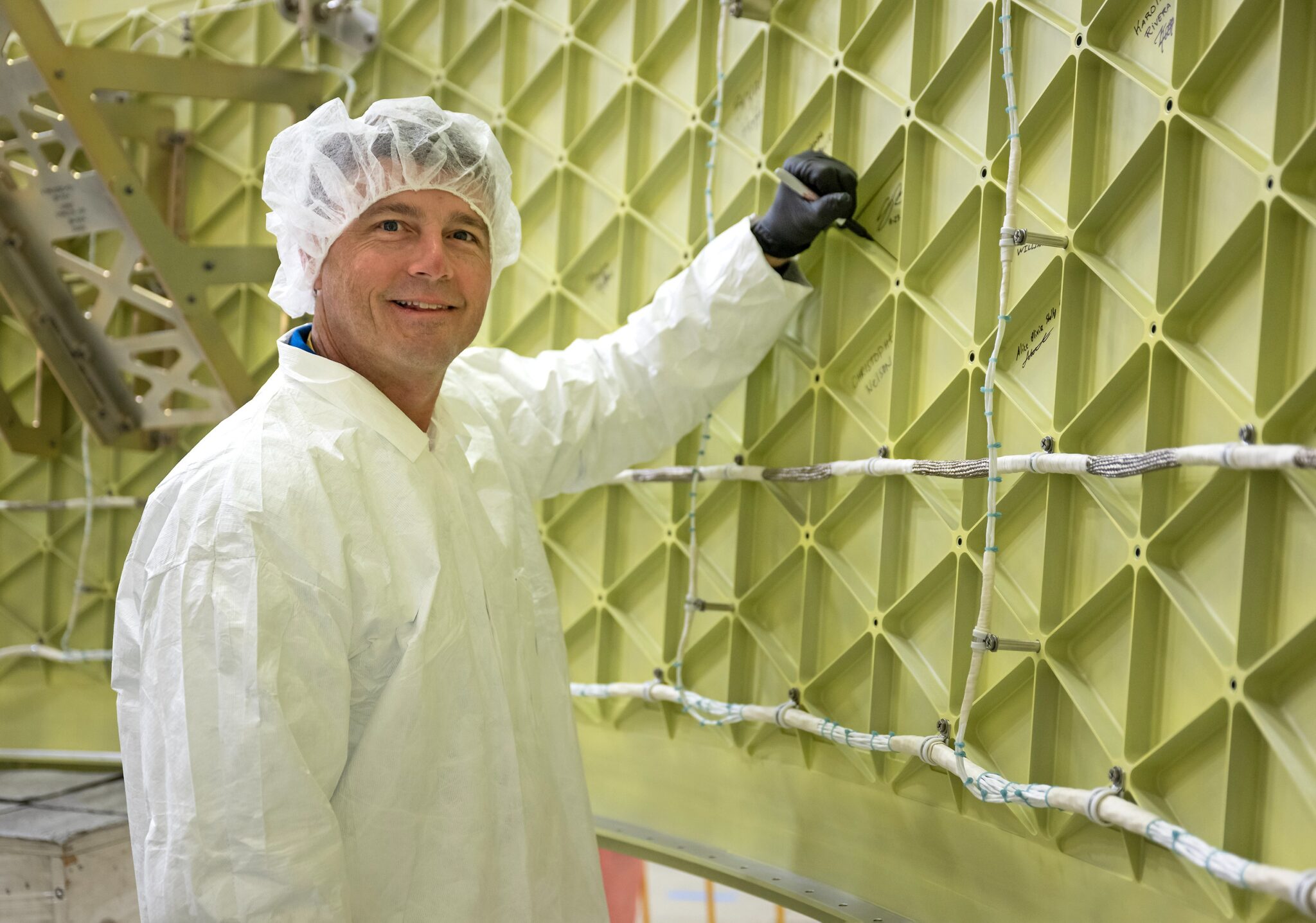
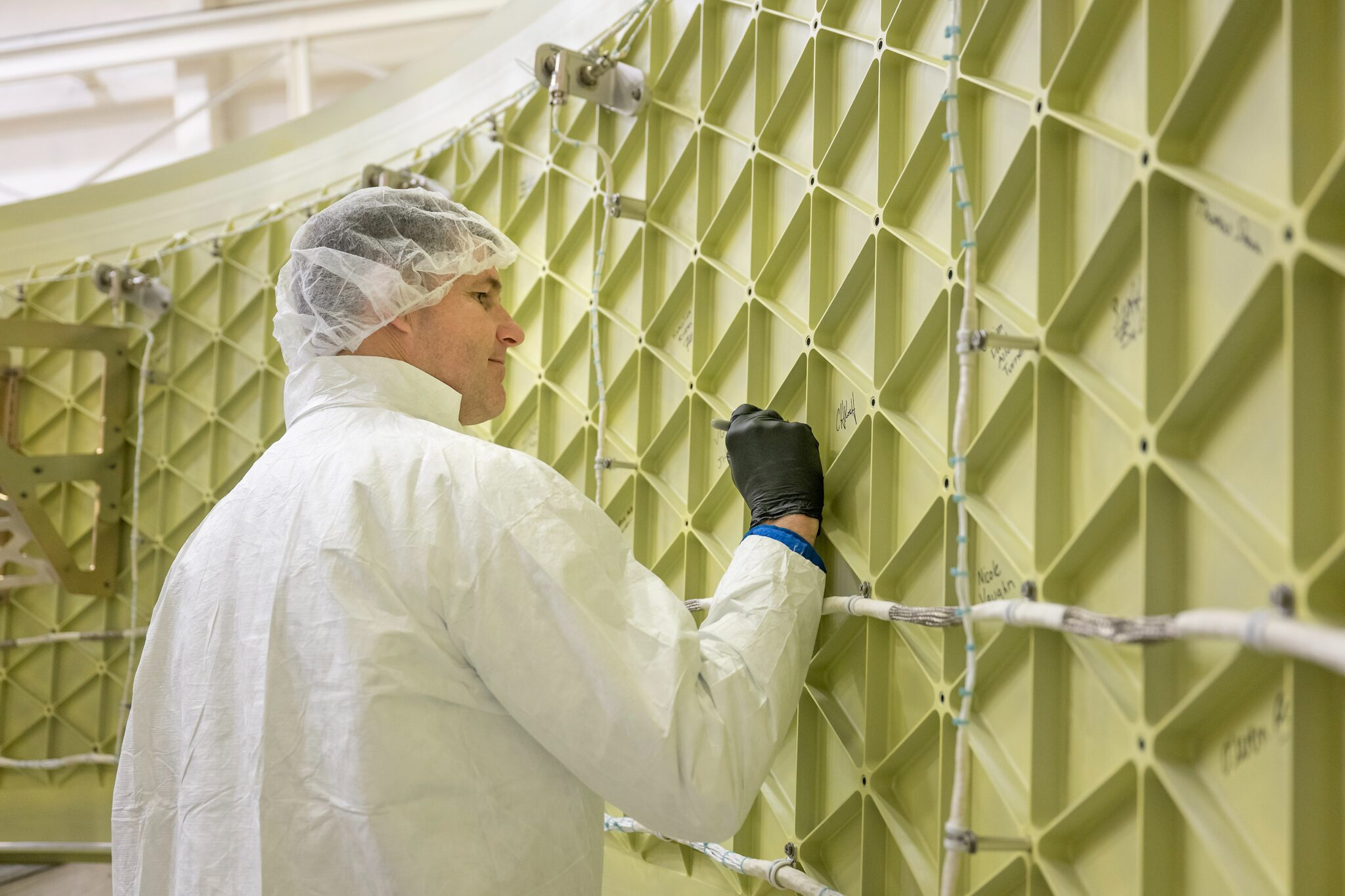
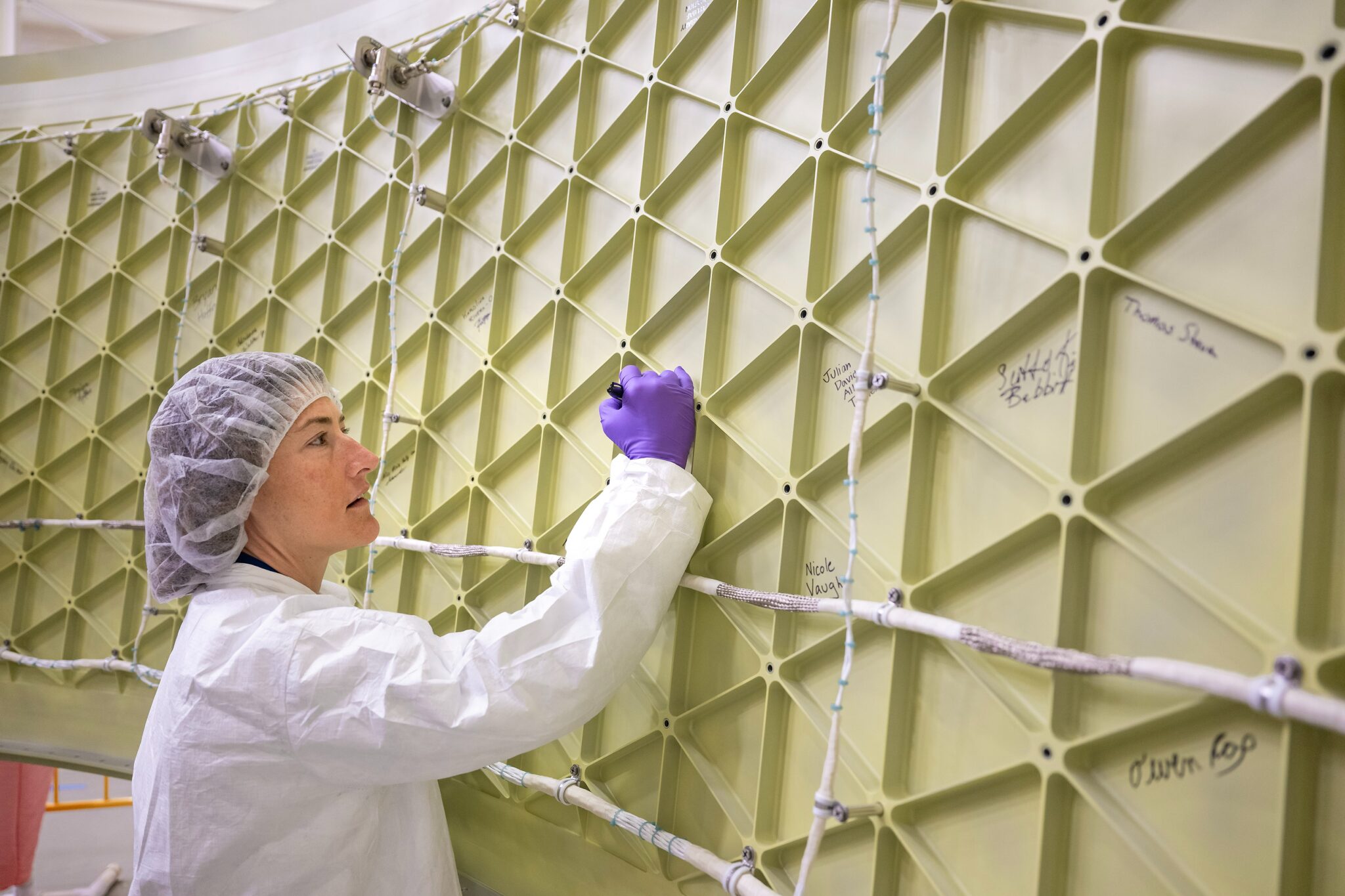
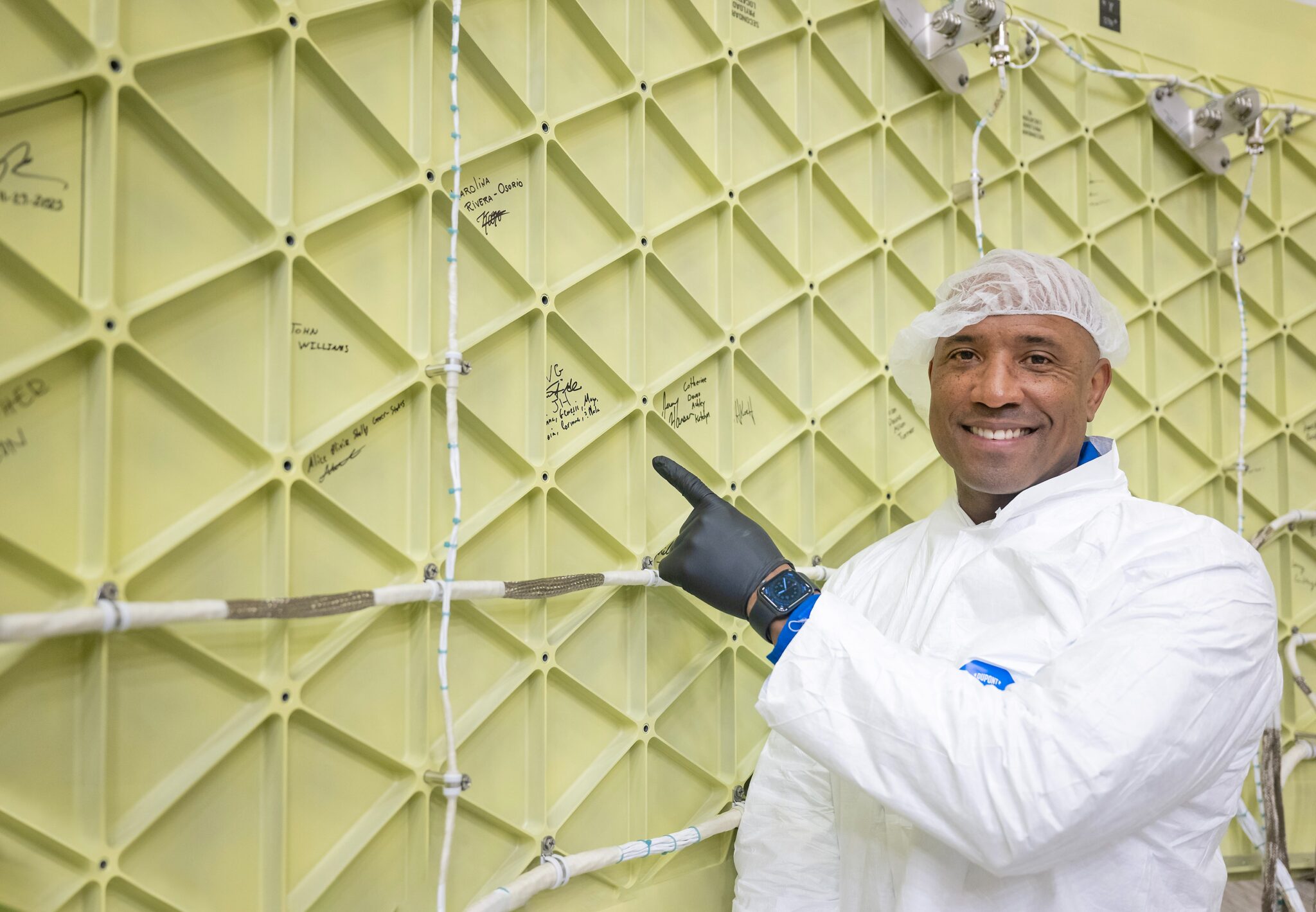
The place with the autographs was the adapter of the upper part for the SLS, located just below the Orion spacecraft. During the launch of Artemis II, the diaphragm of the first stage adapter will serve as a barrier that will prevent harmful gases generated during launch from entering the spacecraft.
The adapter is 1.5 m high and weighs 816 kg, which, according to NASA, makes it the smallest and lightest element of the SLS rocket. In the image, you can see its exact location, directly above the intermediate SLS engine. As with last year’s Artemis I test mission, it will be jettisoned in the early stages of flight and fall back to Earth.
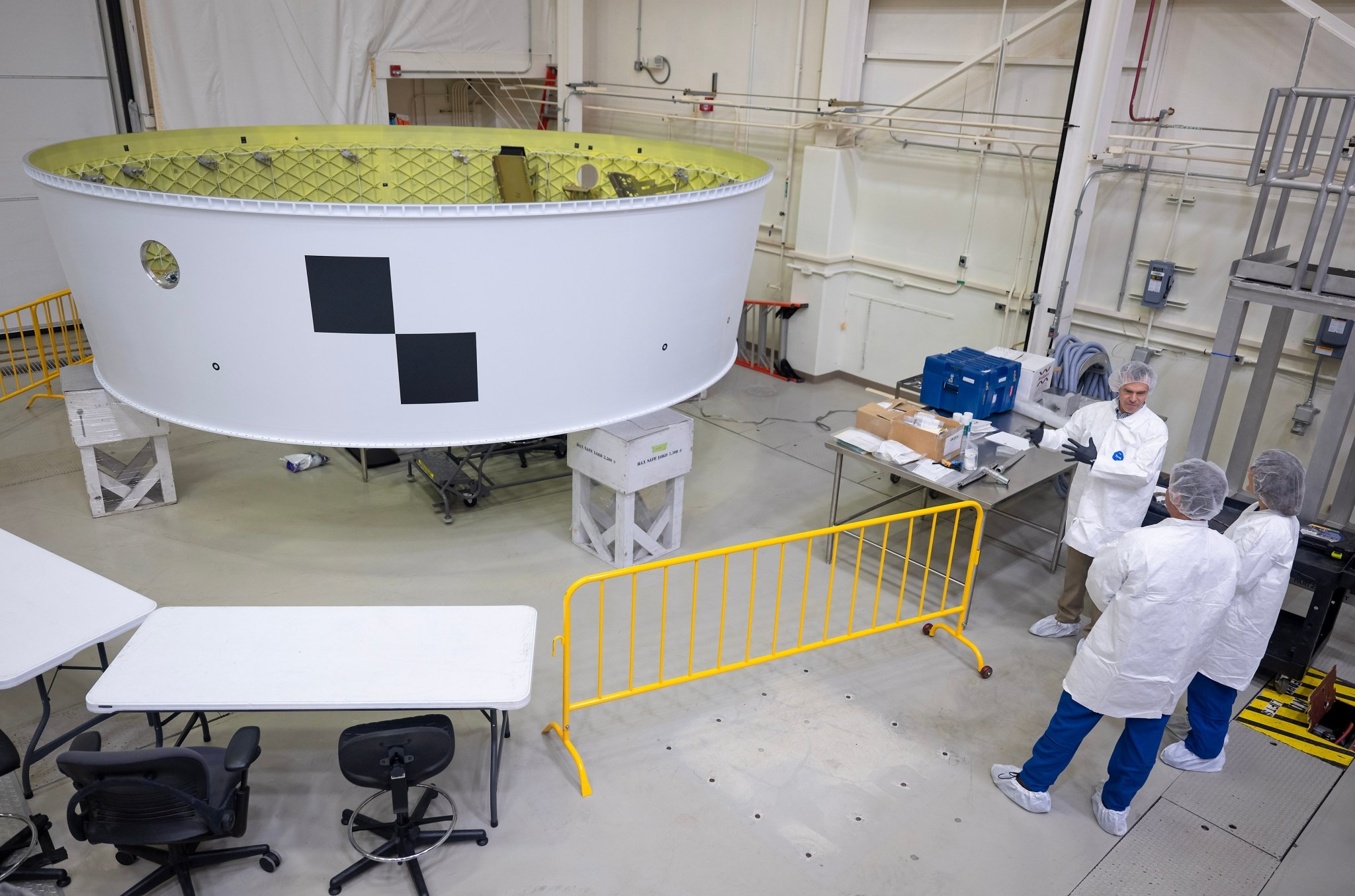
Glover, Wiseman, Koch and Hansen are currently being intensively trained for the 10-day mission in 2024. Orion will take four astronauts to a distance of about 120 km from the surface of the Moon, which will be the first crewed flight to it since the Apollo program 50 years ago. During the mission, the crew will not only approach the surface of our natural satellite but also move further away from Earth than anyone else.
In August, four astronauts saw for the first time a real Orion spacecraft up close, on which they would embark on their epic journey.
A successful mission will pave the way for the first moon landing since 1972. As part of the Artemis III mission, which is now scheduled for 2025, NASA plans to deliver the first woman and the first African American to the lunar surface.
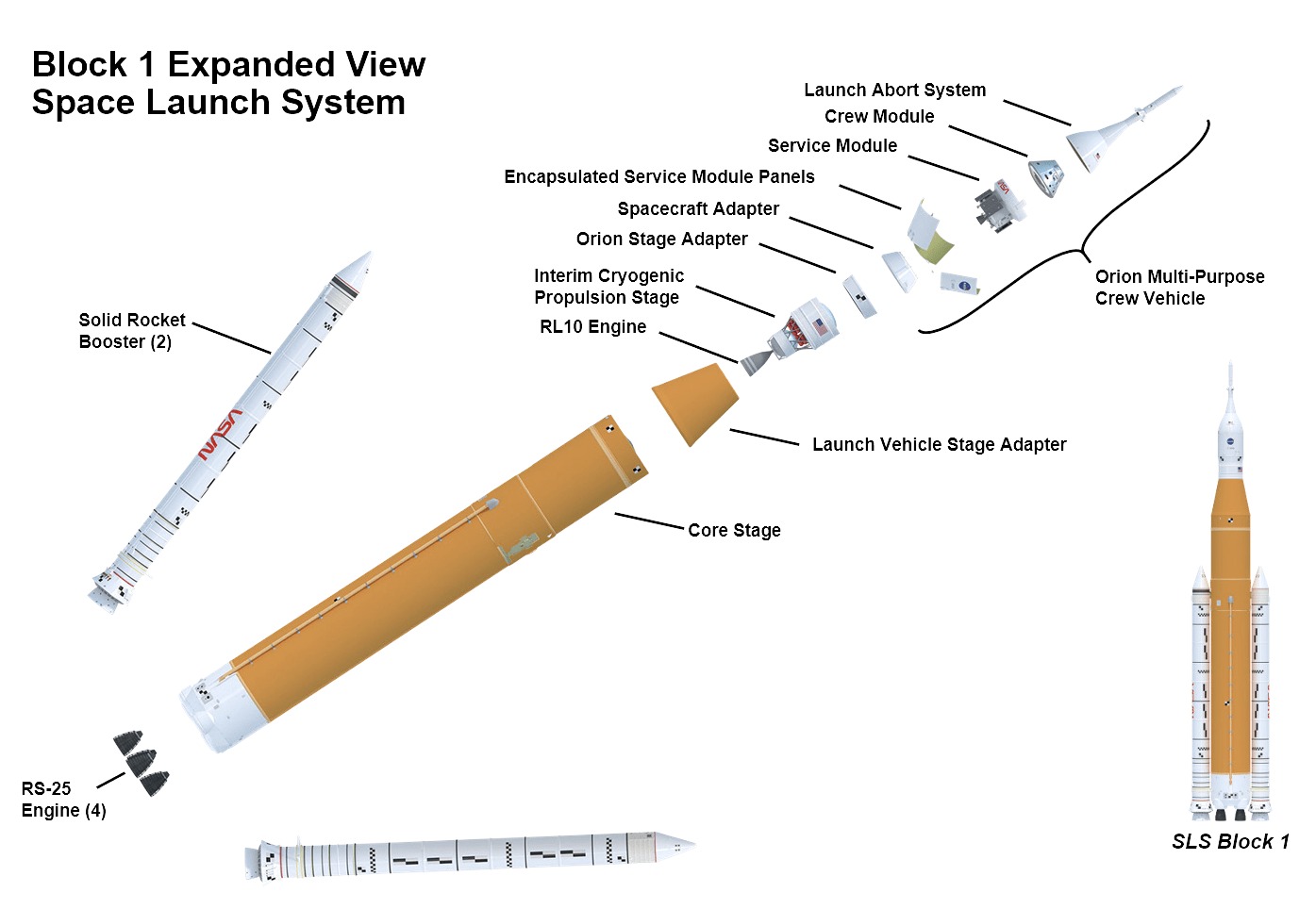
The long-term goals of the Artemis program include the creation of a lunar base for the long-term stay of astronauts, exploring most of the Moon’s surface, and using it as a launch pad for the first manned mission to Mars.
Earlier, we reported on how NASA celebrated the first year of the record set by the Orion spacecraft.
According to NASA
Follow us on Twitter to get the most interesting space news in time
https://twitter.com/ust_magazine


